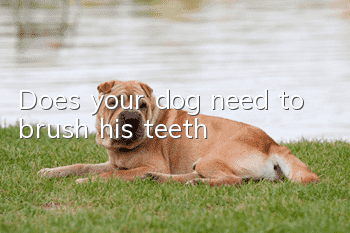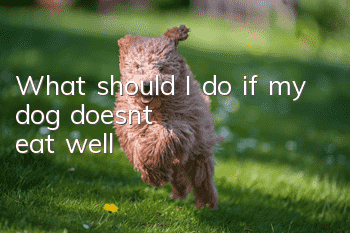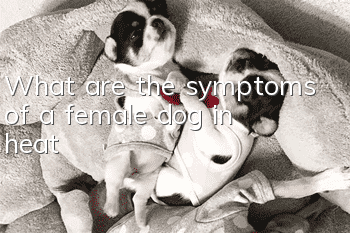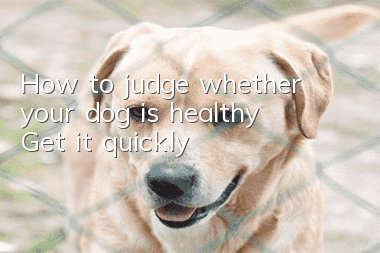Does your dog need to brush his teeth?

Many owners always complain that their dogs have stinky mouth, but apart from feeding them some sticky things that they shouldn't eat, they actually don't pay attention to the dog's oral hygiene, and they don't even open the dog's mouth to see the smell. Of course the smell cannot be solved.
Dog oral hygiene has always been an area that owners tend to neglect. Most owners have the idea that dogs don’t need to brush their teeth. But in fact, if your dog doesn’t brush its teeth, it will cause tartar to accumulate on the teeth in the long run, and may also cause a series of oral problems.
1. Failure to brush your dog’s teeth may cause these problems
Tooth stone
Dental calculus is very similar to human dental calculus. It is a hard sediment composed of a mixture of calcium salts and organic matter. It is generally common on the outside of the dog's canine teeth and maxillary molars. The dog's gums are flushed, and yellow-white, yellow-green or gray-green deposits are formed on the edge of the gums. There will be a foul smell in the dog's mouth.
Oral foreign bodies
Oral foreign body refers to something in the dog’s mouth and piercing the oral mucosa. The main characteristic is drooling. Sometimes some foreign objects are caught between the teeth, and the dog will often scratch its face with its forelimbs. Although it has an appetite, it is afraid to eat because of the pain, or it is difficult to eat. Sometimes there is even blood flowing out of the corner of the mouth. One side of the face may become swollen.
Periodontitis and gingivitis
Gingivitis is an acute or chronic inflammation of the gums, mainly characterized by congestion and swelling of the gums.
Periodontitis is an acute or chronic inflammation of the periodontal ligament and surrounding areas, also known as alveolar pyorrhea.
The two types of inflammation have similar symptoms. In the early stage of simple gingivitis, the edges of the gums bleed, swell, and become spongy. They are fragile and prone to bleeding. When periodontitis develops, the dog will feel more obvious pain, have difficulty chewing and eating, and drool a lot. In severe cases, ulcers may form, bad breath may occur, and even withdrawal and spasms may occur.
2. How to brush your dog’s teeth
At the beginning, you can focus on cleaning the outer teeth and skip the tongue, but this is not suitable for every brushing, especially for dogs with severe gum disease. Take your dog to the dentist regularly every six months, and brush your teeth at any time to ensure oral health.
The steps to brush your dog’s teeth are as follows:
1. Apply dog-specific toothpaste on the dog-specific toothbrush;
2. Approach the dog slowly, let it see the toothbrush in your hand, and try to appease its uneasiness. ;
3. Use your index finger and thumb to open the dog’s mouth. Don’t use too much force to expose the dog’s teeth;
4. Gently support the dog’s lower jaw with one hand, and hold the toothbrush with the other hand to gently brush the dog’s teeth;
5. Brush the teeth on both sides of the dog’s cheeks. Don’t be too rough when switching sides;
6. Then use a soft-bristled toothbrush. After inserting the finger toothbrush into the index finger, apply a squeeze of dog toothpaste;
7. In addition to brushing the areas you have brushed before, you should also brush the front teeth and the inside of the teeth.
Warm reminder: Because the bristles of the dog's toothbrush are relatively hard, do not use too much force to avoid breaking the dog's gums and bleeding.
Although you can take your dog for teeth cleaning, it is expensive; in order to avoid the dog struggling, it must be done under general anesthesia. Therefore, in order to prevent dogs from suffering, owners should be more diligent.
- Puppies keep sneezing from their noses
- How to prevent dog allergies
- Why do dogs have black spots on their belly?
- Treatment for Cough in Elderly Dogs
- Why does a pregnant dog have a bad appetite?
- How to care for your dog’s mouth hair
- Why do dogs bark at two or three in the middle of the night?
- Reasons why a dog’s head tilts to one side
- Causes, symptoms, treatment and prevention of Schnauzer gastroenteritis
- Dog hepatitis symptoms and treatments



